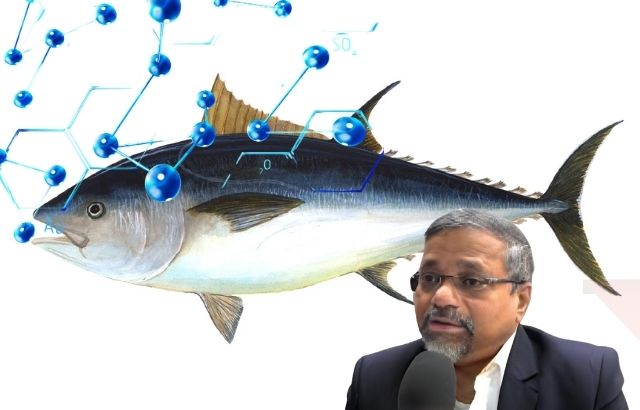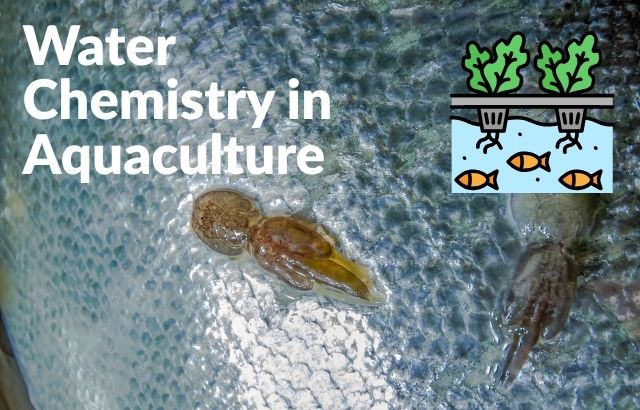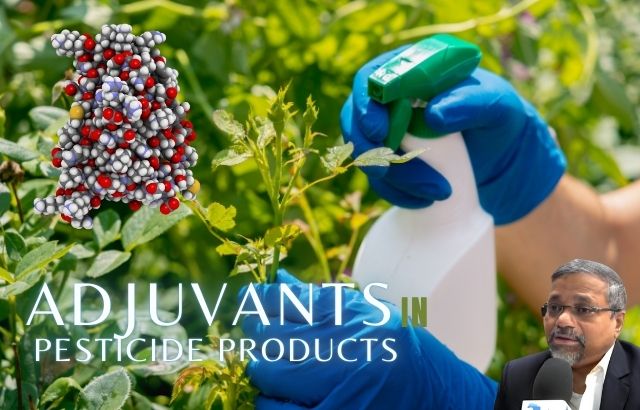In the world of aquaculture, ensuring optimal water quality is essential for the health, growth, and survival of aquatic species. Just as a balanced diet and a suitable environment are crucial for land animals, the water in which aquatic organisms live can significantly impact their well-being. One of the key components of maintaining a healthy aquatic ecosystem is water chemistry analysis, which involves regularly monitoring several critical parameters: pH, dissolved oxygen, temperature, ammonia, nitrites, and nitrates.
Let’s dive deeper into why these parameters are important, how they affect the aquatic organisms, and why regular monitoring is necessary for the success of any aquaculture operation.
1. pH: The Acid-Base Balance
The pH level of water refers to its acidity or alkalinity. pH is measured on a scale from 0 (very acidic) to 14 (very alkaline), with 7 being neutral. Fish and other aquatic organisms thrive in a specific pH range, which typically falls between 6.5 and 8.5 for most species.
- Why It Matters: If the pH is too low (acidic) or too high (alkaline), it can stress the aquatic organisms, affect enzyme activity, and hinder the absorption of essential minerals and nutrients.
- Effects: Consistent pH fluctuations or extreme values can lead to poor growth, diseases, and even mass die-offs.
- Monitoring: Regular checks help ensure pH remains within the desired range and can identify issues before they become problematic.
2. Dissolved Oxygen: Vital for Respiration
Dissolved oxygen (DO) is the amount of oxygen available in water for fish and other aquatic life to breathe. Fish “breathe” oxygen from the water using their gills, and without adequate DO levels, they will suffocate.
- Why It Matters: Different species of fish and shellfish require varying levels of oxygen, but most need a minimum concentration of 4-5 mg/L to survive comfortably.
- Effects: Low DO levels can cause stress, inhibit growth, and increase susceptibility to diseases. In extreme cases, oxygen depletion can lead to mass mortality.
- Monitoring: Regular monitoring ensures that DO levels are sufficient, particularly during feeding times or during seasonal changes when oxygen demand increases.
3. Temperature: The Goldilocks Zone
Temperature directly influences metabolic rates in aquatic organisms. Fish and other species in aquaculture are often sensitive to temperature changes, which can affect their feeding, growth, reproduction, and overall health.
- Why It Matters: Each species of fish has a preferred temperature range, and even minor fluctuations outside this range can cause stress and reduced productivity.
- Effects: If the water is too cold or too hot, it can impair digestion, decrease immunity, and disrupt the breeding cycles.
- Monitoring: Aquaculture systems should include temperature controls and regular monitoring, especially in closed systems like Recirculating Aquaculture Systems (RAS) or in offshore farms where ambient temperatures can fluctuate.
4. Ammonia: Toxic byproduct of Metabolism
Ammonia is a waste product produced by fish as they metabolize food and excrete waste. In water, ammonia exists in two forms: ammonium (NH₄⁺), which is less toxic, and ammonia (NH₃), which is highly toxic, especially at higher pH levels.
- Why It Matters: High concentrations of ammonia can cause severe damage to the gills, liver, and kidneys of fish, impairing their ability to take in oxygen.
- Effects: Toxic ammonia levels lead to stress, increased susceptibility to disease, and even death. It’s especially dangerous in intensive aquaculture systems where waste accumulation is higher.
- Monitoring: Monitoring ammonia levels regularly is critical in maintaining a healthy aquatic environment. Effective biofiltration and waste management systems can help mitigate ammonia buildup.
5. Nitrites: The Silent Threat
Nitrites (NO₂⁻) are a byproduct of ammonia breakdown by beneficial bacteria in the water, but they are also toxic to fish.
- Why It Matters: Nitrites interfere with the fish’s ability to absorb oxygen, effectively “choking” them. At high concentrations, nitrite poisoning can lead to “brown blood disease,” where fish’s blood loses its ability to carry oxygen.
- Effects: Elevated nitrite levels can cause lethargy, rapid gill movement, and even death in extreme cases.
- Monitoring: Nitrite levels should be kept low, typically under 0.1 mg/L. Regular water testing and proper biofiltration help keep nitrite levels under control.
6. Nitrates: The Final Product of Nitrogen Cycling
Nitrates (NO₃⁻) are the end product of the nitrogen cycle. When bacteria break down nitrites, they convert them into nitrates, which are far less toxic to fish. However, in high concentrations, nitrates can still have detrimental effects.
- Why It Matters: While nitrates are less harmful than ammonia or nitrites, prolonged exposure to high levels (typically above 50 mg/L) can stress fish, stunt their growth, and compromise their immune system.
- Effects: High nitrate levels can promote the growth of algae, which leads to poor water quality, oxygen depletion, and further ecosystem imbalances.
- Monitoring: Regular checks on nitrate levels help ensure they remain at safe concentrations, especially in systems where waste accumulation is common, like RAS or pond-based farms.
Why Regular Water Chemistry Monitoring Is Essential

1. Prevents Stress and Disease:
Even slight changes in water quality can cause stress in aquatic organisms, making them more susceptible to diseases. By maintaining stable water chemistry, the immune system of farmed species remains strong, reducing the likelihood of outbreaks.
2. Optimizes Growth and Production:
Aquatic species grow best in stable and optimal environmental conditions. Monitoring parameters like temperature, oxygen, and ammonia ensures that conditions are always ideal, leading to faster growth rates, higher feed conversion ratios, and better overall health.
3. Enhances Sustainability:
Regular water chemistry monitoring is integral to sustainable aquaculture. It helps farmers manage waste, reduce pollution, and minimize the use of resources like water and energy. By creating a balanced ecosystem, aquaculture operations can reduce their environmental footprint.
4. Prevents Costly Failures:
Water quality issues can lead to catastrophic losses, which are costly both in terms of financial loss and environmental impact. Early detection of any imbalances in water chemistry can help farmers take corrective actions before problems escalate.
Conclusion
Water chemistry analysis is a cornerstone of successful aquaculture management. By regularly monitoring pH, dissolved oxygen, temperature, ammonia, nitrites, and nitrates, aquaculture operations can ensure optimal conditions for the health and growth of aquatic species. A proactive approach to water quality management leads to healthier fish, higher productivity, and a more sustainable operation overall.
For aquaculture farms, investing in reliable water testing equipment and maintaining regular monitoring schedules is not just a best practice—it’s a vital part of achieving long-term success in the industry.
Water chemistry plays a crucial role in the success of aquaculture systems, as it directly impacts the health and growth of aquatic species. Regular monitoring of factors like pH, temperature, dissolved oxygen, ammonia, and salinity ensures that the environment remains optimal for fish and other marine organisms. Additionally, controlling the spread of sea lice is essential to maintaining a healthy ecosystem within aquaculture farms. These external parasites can damage fish populations, leading to reduced growth and increased mortality rates. By monitoring water quality and managing sea lice infestations, aquaculture operations can enhance fish welfare, boost productivity, and ensure sustainability in their practices.












